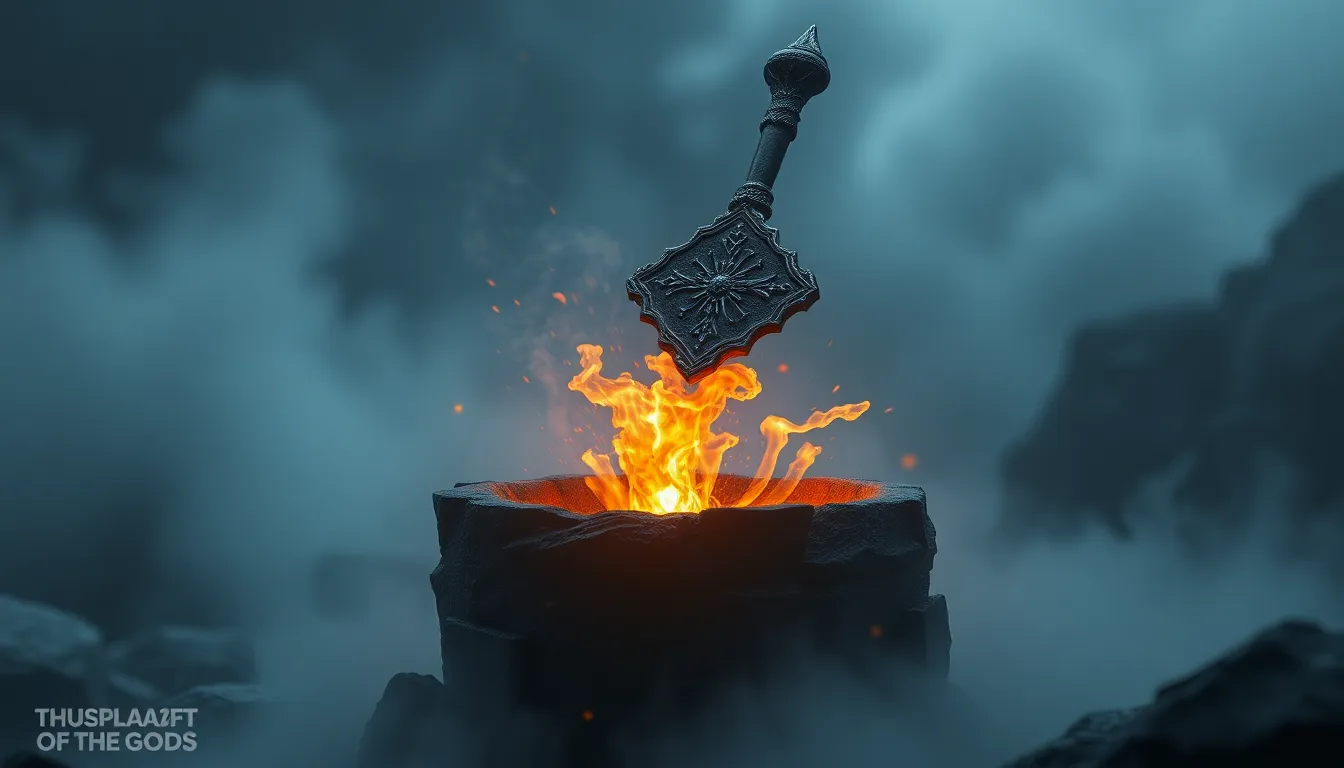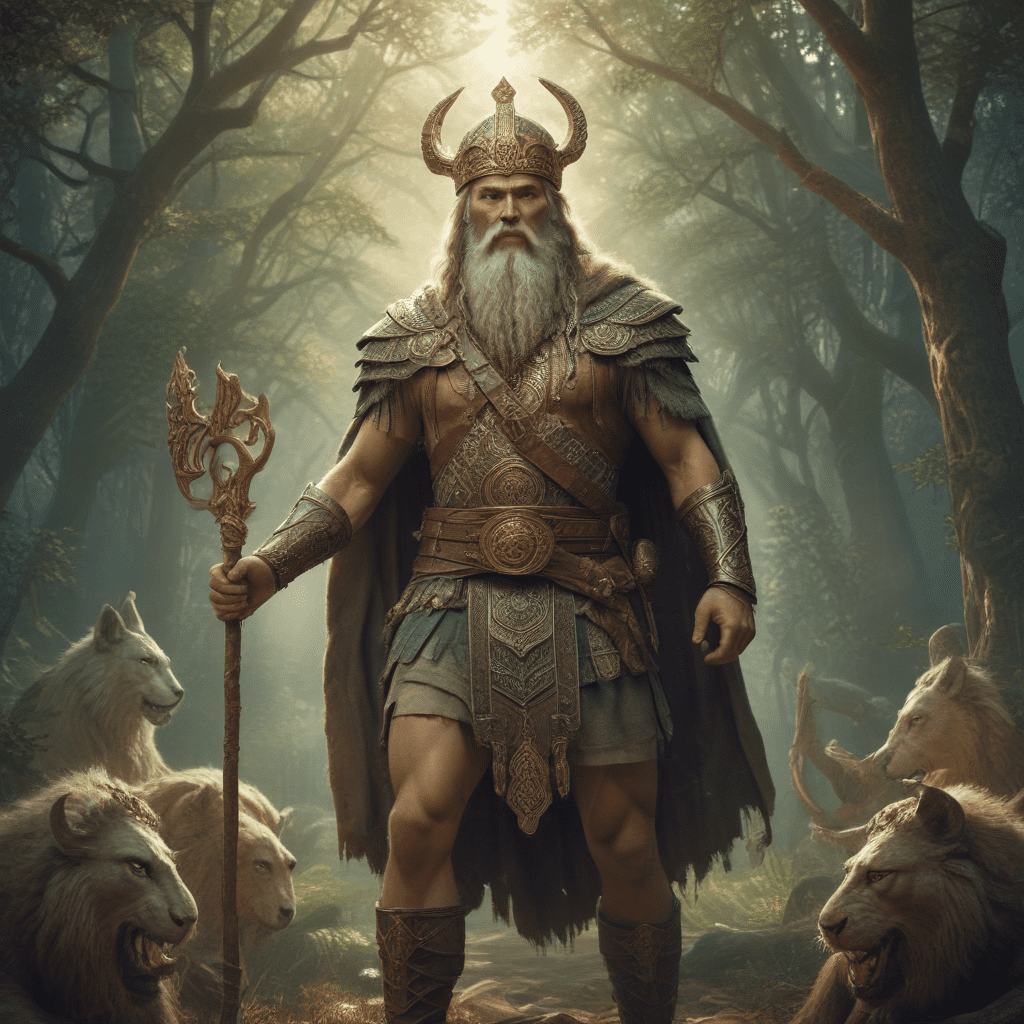Finnish Mythology: An Overview
Finnish mythology is an exciting and captivating body of folklore that has shaped Finnish culture for centuries. Drawing inspiration from the natural world and the human experience, Finnish myths are an intricate tapestry of gods, heroes, and magical creatures. These stories provide valuable insights into the Finnish people's beliefs, values, and imagination.
The Kalevala: The Epic of Finnish Mythology
The Kalevala is the central epic of Finnish mythology. This poetic masterpiece, compiled in the 19th century by Elias Lönnrot, is a collection of traditional folk tales and songs that narrate the adventures of heroes like Väinämöinen and Ilmarinen. The Kalevala offers a comprehensive panorama of Finnish mythology, providing an invaluable resource for understanding this captivating lore.
The Väinämöinen: The God of Wisdom and Song
Väinämöinen is the central figure in Finnish mythology, a multifaceted deity embodying wisdom, magic, and music. As the patron of poets and singers, he possesses unparalleled knowledge and the ability to weave powerful spells through his enchanting songs. Väinämöinen's magical harp, the kantele, grants him the power to charm creatures and control the forces of nature.
Joukahainen: The Tricky Antagonist
Joukahainen is a recurring antagonist in Finnish mythology, a cunning and deceitful figure who often serves as a foil to Väinämöinen. Despite his mischievous nature, Joukahainen possesses quick wit and resourcefulness, making him a formidable opponent and an enduring character in Finnish folklore. His interactions with Väinämöinen showcase the battle between wisdom and trickery, a central theme in Finnish mythology.
The Ilmatar: The Goddess of Creation
Ilmatar, the primordial goddess of the air, is the mother of Väinämöinen and the creator of the world. She represents the boundless potential of creation and the mysteries of the natural world. Ilmatar's story embodies the transformative power of nature and the eternal cycle of birth, death, and rebirth.
6. The Louhi: The Evil Witch of the North
Louhi is the enigmatic and powerful ruler of Pohjola, a realm of cold and darkness in the north. As the personification of evil, she is constantly plotting against the forces of good and seeking to obtain the magical Sampo. Louhi's malevolent nature is balanced by her cunning and resourcefulness, making her a formidable adversary.
7. The Sampo: The Magical Artifact of Creation
The Sampo is a mythical artifact of immense power that grants wealth, prosperity, and good fortune. Forged by the master craftsman Ilmarinen, the Sampo possesses the ability to create anything its owner desires. This magical object is fiercely contested by both the forces of good and evil, becoming a central focus of conflict in Finnish mythology.
8. The Cosmic Tree: The Axis Mundi
The cosmic tree, known as Yggdrasil, is a sacred and mythological tree that serves as the central pillar of the world in Finnish mythology. Its roots extend deep into the underworld, while its branches reach up to the heavens, connecting all realms of existence. The cosmic tree represents the interconnectedness of all things and is a symbol of life, growth, and renewal.
9. The Underworld and the Dead
Tuonela is the realm of the dead in Finnish mythology, a cold and desolate place where spirits wander aimlessly. Ruled by Tuoni, the god of death, Tuonela is a place of eternal darkness and despair. Finnish mythology depicts the journey to the underworld as a perilous voyage, filled with challenges and obstacles that must be overcome to reach the afterlife.
10. The Legacy of Finnish Mythology: From Literature to Art
Finnish mythology has had a profound impact on Finnish culture, inspiring countless works of literature, art, and music. The themes and characters of Finnish myths have been explored and reinterpreted by generations of artists, leaving a lasting legacy in the nation's cultural heritage. From the epic poetry of the Kalevala to the evocative paintings of Akseli Gallen-Kallela, Finnish mythology continues to captivate and inspire.
FAQ
Q: What are the main themes in Finnish mythology?
A: Finnish mythology explores themes of creation, conflict, and the interconnectedness of all things. The struggle between good and evil, the power of magic, and the importance of wisdom are central to many Finnish myths.
Q: Who are the most important gods in Finnish mythology?
A: The most important gods in Finnish mythology include Väinämöinen, the god of wisdom and song; Ilmarinen, the master craftsman; and Louhi, the evil witch of the north.
Q: What is the significance of the Kalevala?
A: The Kalevala is the central epic of Finnish mythology, a vast collection of folk tales and songs that narrate the adventures of heroes like Väinämöinen. It provides an invaluable resource for understanding Finnish mythology and has had a profound impact on Finnish culture.


